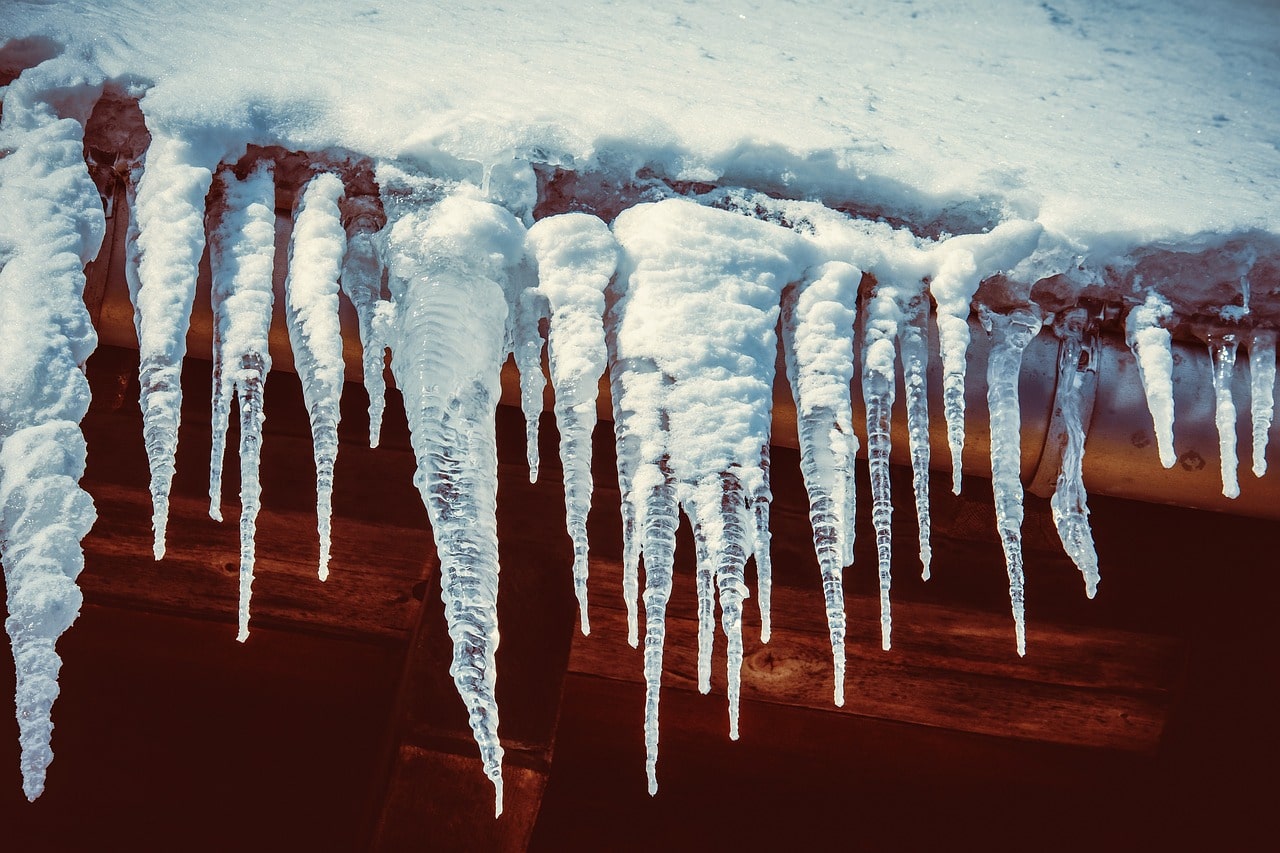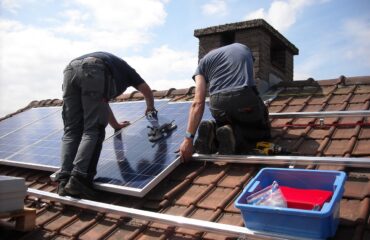Is your roof ready for winter? Don’t procrastinate until the snow arrives to discover the state of your roof.
Within this article, we will delve into proactive steps you can implement to ready your roof for the approaching cold weather.
As a skilled roofing company, we will also help you identify the most common winter roof problems you may encounter and provide tips for maintaining your roof during the winter months.
Common Winter Roof Problems to Watch Out For?
Keep an eye out for common winter roof problems that can arise during the colder months.
Winter weather can cause potential damage to your roof, such as leaks, ice dams, and snow accumulation.
Leaks are prevalent during winter, as freezing temperatures can cause cracks and gaps in your roof to expand.
Ice dams develop due to snow melting and subsequently freezing at the roof’s eave, creating a barrier that hinders the correct flow of water.
The buildup of snow can pose issues as well since the substantial weight of heavy snow can place strain on your roof, potentially resulting in structural harm.
To avert such problems, it is crucial to perform routine roof inspections, particularly in the lead-up to the winter season. Regular inspections can identify any existing vulnerabilities and allow for necessary repairs to be made in a timely manner.
How to Prepare Your Roof Before Winter Arrives
First, before winter arrives, you must check your roof for signs of damage or wear that may require winter preparation.
Second, professional roof inspections are of utmost importance to identify potential issues that may worsen during the harsh winter months. These inspections help detect leaks, loose shingles, or damaged flashing, ensuring that your roof is in optimal condition to withstand the winter weather.
Finally, one key aspect of winter preparation is the installation of snow guards on your roof.
Snow guards are roofing accessories installed to prevent the dangerous sliding of snow and ice in large sheets from the roof surface, ensuring the safety of people and property below.
By holding the snow in place, snow guards distribute the weight more evenly, reducing the risk of roof damage caused by heavy snow loads.
Incorporating professional roof inspections and installing snow guards are essential steps in preparing your roof for winter, ensuring its longevity, and protecting your home from potential winter-related damages.
Tips for Maintaining Your Roof During Winter
Wondering how you can keep your roof in top shape during the winter months? Adhere to this winter roof maintenance checklist, which applies to all types of roofs, to guarantee your roof’s well-being throughout the season.
To begin, clear your gutters and roof of debris, like leaves or branches, to prevent blockages and potential water damage.
Second, inspect your roof for any signs of damage, such as loose or missing shingles, and make repairs as necessary. It is also essential to check your attic for proper insulation and ventilation to prevent ice dams.
Lastly, don’t forget the importance of professional roof inspections during winter. A professional inspection can identify any hidden issues and address them before they become significant problems.
By following these maintenance tips, you can ensure that your roof withstands the winter weather and protects your home.
Conclusion
In preparation for the winter season, ensuring your roof is in optimal condition is a crucial step in protecting your home from the elements.
This article has highlighted vital considerations, from addressing potential issues with insulation, ventilation, and drainage to assessing the need for repairs or roof replacements.
With proper maintenance, you can enjoy peace of mind knowing that your roof is well-prepared to withstand the challenges of winter, keeping your home warm, dry, and secure.
Don’t wait until the first snowfall; take action now to safeguard your home and loved ones.
However, we cannot always be prepared, and unexpected events like severe snowstorms or big ice dams do happen. In that case, check your insurance policy to see if you will be compensated for any damages resulting from the above-mentioned circumstances.





